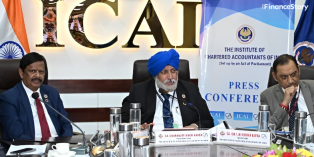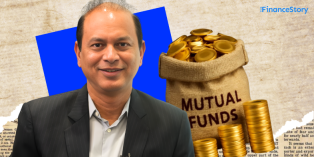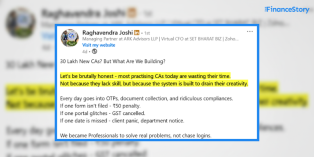- Hello, I am OP Singhania. In 1983, I made the bold move to return to Raipur from Kolkata and establish my CA Practice OP Singhania & Co.
- Over the years we grew to become a leading CA firm, not only in Raipur but the entire state of Chhattisgarh.
- However, in 2022, I faced a challenge; several of our clients who grew exponentially wanted to move to Branded firms – Big 4s or large national firms.
- So, what was my next step? I decided to merge with Singhi & Co.
Backstory
I was born and brought up in a small village near Raigarh, Chhattisgarh.
Back in the ’70s, we had no electricity and no English medium schools; life was tough, almost for everyone.
Despite the challenges, I have always wanted to be the best in whatever I do.
My father was inspired by a Chartered Accountant he came across, and early in my career, he told me that I had to be a Chartered Accountant, so that was clear.
At that time, Kolkata was the main hub for chartered accountant training, coaching, and internship.
So I moved to Kolkata and started my CA journey.
I knew the role of articles, and I was adamant about doing my articles only from a top firm. Even back then, SR Batliboi & Co (today EY’s network company) was the top firm.
There was a waiting period of two years but I didn’t give up. Finally, I started my articles with SR Batliboi & Co.
Joining a good firm exposed me to English-speaking, polished professionals. It gave me a network and confidence.
I finally became a CA in 1983.
What next?
You will be surprised to know that I packed my bags and moved to Raipur.
It was well decided by my family that after qualifying as a CA, I had to return to either Raigarh (my hometown) or Raipur (a city close to my hometown).
So I settled in Raipur and in May 1983, I set up OP Singhania & Co.
Practice in Raipur: Initial few years
Industrial growth had just begun in Raipur in the 80s and a lot of incentives were given to the prospective industries.
Also in the mid-80s, there was some unrest in West Bengal and Odisha, so several industries migrated to Raipur, and that was the point when I entered Raipur.
My core work was Audit and Tax, but I thought that at that time if I wanted audit work, where would I get it?
So why not help these companies that were entering Raipur, in Company Formation, project reporting, and project financing first? Eventually, they would make me their Auditor.
Also back then CAs in Raipur were only into Tax practice.
This strategy paid off.
Within two years, word spread about my firm. People recognized me for project finance expertise and association with Kolkata’s Big CA Firm for articles.
Typically, my audit revenue accounted for around 30-40%, while other service lines contributed 60-70%.
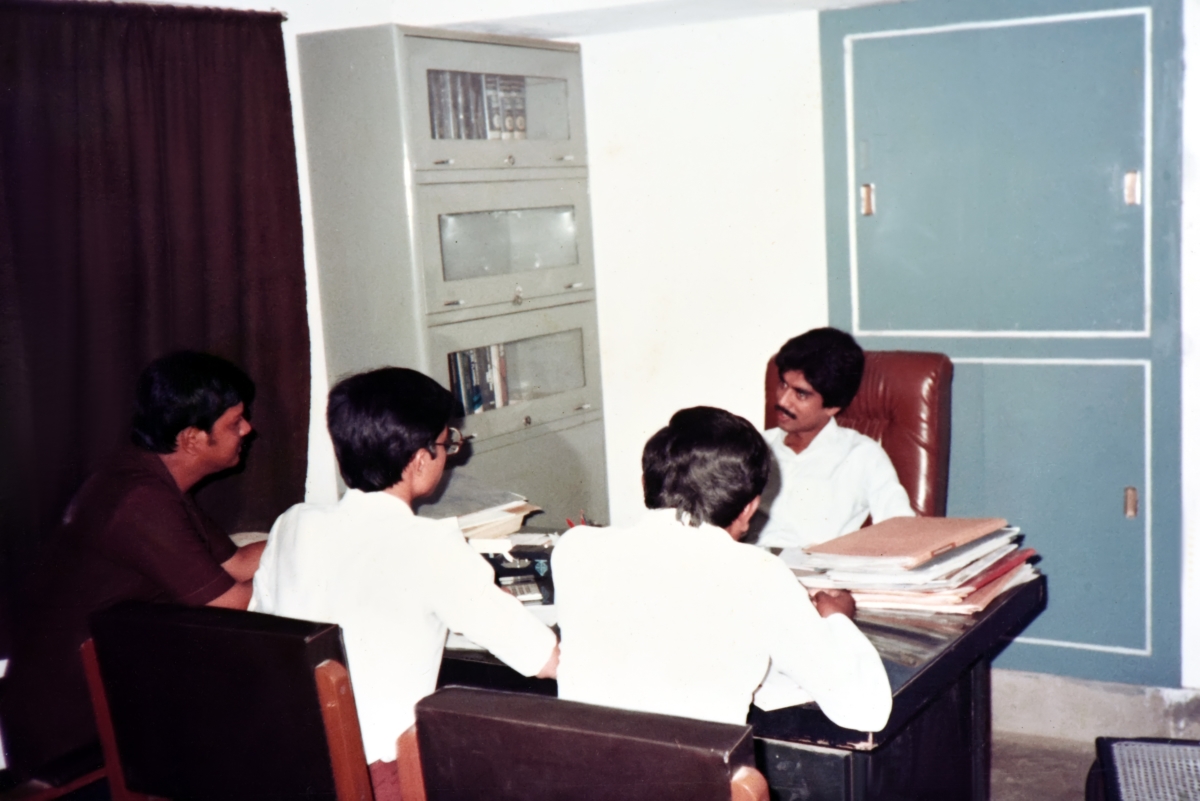
Witnessing growth
The growth in Raipur over the last 20-30 years has been phenomenal.
Several of my clients got listed on the stock exchange, and many even attracted Private Equity investments.
Clients, for whom I had once arranged an INR 7.5 lakh rupees term loan finance or INR 25 lakh rupees working capital finance, have since secured INR 2,000 crore rupees in financing and achieved a turnover of INR 10,000 crore rupees.
Naturally, this growth has been advantageous for our firm as we grew with our clients.
We as a firm adapted to cater to their diversified businesses while adhering to the code of conduct and ethics by The Institute of Chartered Accountants of India (ICAI).
Consequently, our firm became one of the largest, not just in Raipur but Chhattisgarh, acquiring many corporate clients in the region.
By 2022, we were around 9 to 10 Partners.
What helped us grow and scale?
Timing
My move to Raipur synced perfectly with its industrial growth. This did give me leverage.
Recognising an opportunity
I did not start by providing Auditing services I started with company formation, project financing etc. Eventually, these clients gave me their Audit work as they grew.
Collaboration
Whenever a client approached me with a problem, I made sure to address it promptly and effectively. However, some inquiries were beyond my expertise as I specialized in Audit, and not Tax.
So whenever I got any kind of assignment, I used to say to myself, ‘Even if I need to consult the best experts to get the work done, I will do it no matter what.’
To ensure I provided the best service I would – study, consult with colleagues, and educate myself to be well-prepared to assist them.
Big 4 quality work
From the beginning, I aspired to work and offer services like the Big 4, or the larger firms like Batliboi, Lovelock Lewes, and Arthur Andersen.
I was inspired by them and therefore, I studied their style of work to provide similar high-quality work to my clients.
Clients began to have faith in me and entrusted me with significant work, even though my practice was 3-4 years old.
Solid team
To achieve my goals, the team was very important.
But in the 80s and 90s, Raipur didn’t offer many career opportunities; most CAs left the town to join the bigger firms for a better salary package.
Many times I would match their salary and request them to work for me in Raipur. Years went by and I continued paying a few capable employees much more than me.
I even hired people senior to me, or employed staff that were more competent than me.
But I knew that if I had a competent team, I could move around, and meet new clients, understand their challenges, and deliver.
And since I was not an expert in tax work, I built a team that propelled the firm.
Whatever the firm has become is because of the team.
Network
Doing my articles from SR Batliboi & Co. did help as even years later I had access to a strong network.
Having a good network surely pays off!
Our growth has been steady over the last few decades.

….But there was a small problem
As my client’s market capitalization increased their Merchant bankers and Investment Advisors encouraged them to engage the services of a “Branded firm”. Branded meant Big 4s or a well-known National firm.
My clients were polite enough to ask me what they should do in this situation. I knew they were right however, if I were to let them go, I’d be left with nothing.
This led me to consider merging with a bigger firm so the essence of the firm remains intact, and I continue to be an integral part of it.
So, after careful consideration, I thought, why not merge with a nationally renowned firm?
After a year and a half of meetings and discussions, in August 2022 we finally merged with Singhi & Co.
The firm has over 40 partners and 750 people across India. The group is also a member of Moore Global Network, a renowned accounting and advisory firm globally.
The merger paid off…
Many of my connections from the Big 4 asked, “Why are you giving up the empire you’ve built over the years?”
I replied, saying that I want to move forward and grow, and sometimes sacrifices need to be made.
Earlier I considered a merger as a sacrifice, but in reality, I have not sacrificed anything.
My identity is still there, I am the Partner, and I am making my decisions and being supported by the resources and the expertise.
We have increased our work manyfold, and we have become more competent. Compliances are being handled so well.
Many of my clients have an overseas presence and now we are easily serving international clients by sitting in Raipur through our network, Partner.
So these are the advantages I got after the merger.
Back then it was not an easy decision to make but now I can say it was a very good decision.
Today every client, Partner, and team member of OP Singhania has become a part of Singhi & Co. And we serve our existing clients from the merged firm that is more reputable than mine.
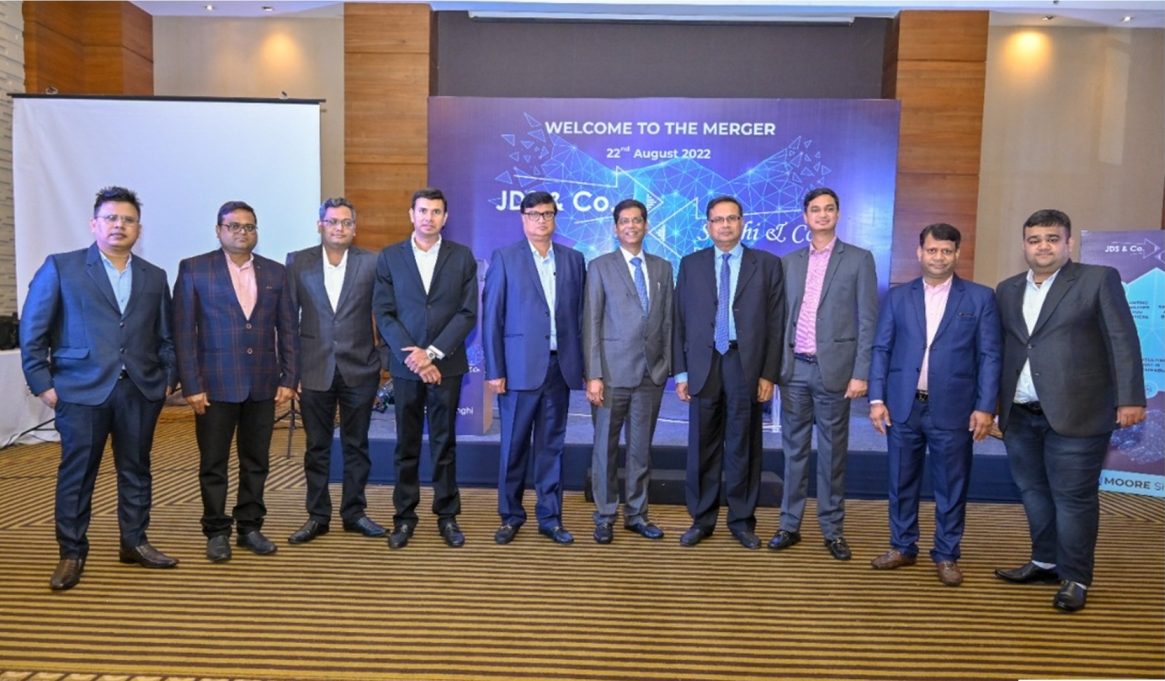
Merger process
The merger process is not complex at all; it’s just like getting married. Both parties have to agree on a matter of terms and conditions.
Assessing the firm
We then researched the firm, its staff, business partners, reputation, market image, and customers, carefully.
Convincing the clients
Conveying the news to clients who were unlisted with less than INR 500 crores turnover was tough. They didn’t want to be associated with a bigger name.
Getting the Partners on board
All the Partners were worried about losing their independence as Partners. I sat down with them and convinced them that they would also grow and benefit from it.
Advice for other CA firms in Tier 2 cities
Be Ambitious
In tier 2 cities, CAs tend to work in a more laid-back manner. It’s important to adapt to change and keep up with the times. If you are not ambitious about taking on bigger tasks, you won’t make it.
Stay up to date
Nowadays when I look at the balance sheet of most CA firms, their reporting format is 3-5 years old.
Most of the CA firms are not updating themselves. They are not studying whatever latest developments that are taking place in our profession, either in India or abroad.
I follow the Big 4 and what support systems, and software they use. I also discuss it with them.
Invest in tech
You have to invest in the latest technology and software that can streamline your work. Initially, they may incur extra expenditure but in the long term, they will be benefited.
Don’t compromise on fees: If you are charging reasonable fees to the client in exchange for good quality services, and the client still refuses to pay, let them go.
I never compromised on my remuneration. You have to be firm.
Focus on specialization
If you don’t focus on specialization, you will not survive in this profession.
We can specialize in many things, be it GST, M&A, succession planning, taxation, or litigation practice.
Choose Audit
Audit is very difficult nowadays because of regulators such as NFRA.
But for a chartered accountant, audit is their passion. So don’t be afraid to take up audit work.
Be compliant
Initially, younger CAs may feel it is cumbersome, and the remuneration is not up to mark. But trust me, you will not regret it.
Partners exits
Deciding whom to take on as a Partner and what could potentially go wrong in a partnership is a challenging endeavour.
When faced with a partner suddenly leaving, the challenge is immense. When it has happened to me, I’ve had difficulty sleeping for days. It becomes challenging to deal with clients during such transitions.
During these periods, senior partners have stepped up, taking on additional workload to ensure clients are not adversely affected. We’ve even hired part-time resources and associates, sometimes at increased costs, to manage the workload.
In conclusion, dealing with partner turnover is a significant issue faced by every chartered accountant firm. It requires careful management to ensure that client work is completed on time and that compliance obligations are met.






